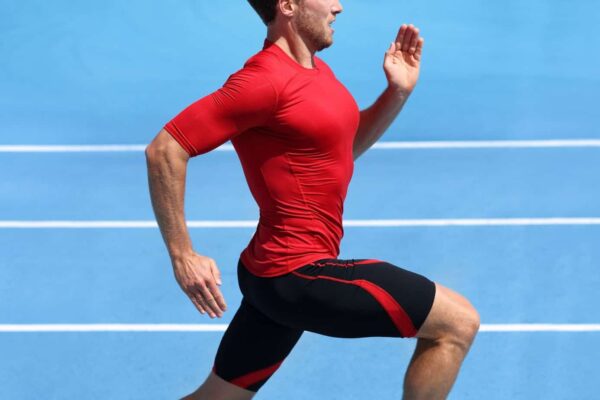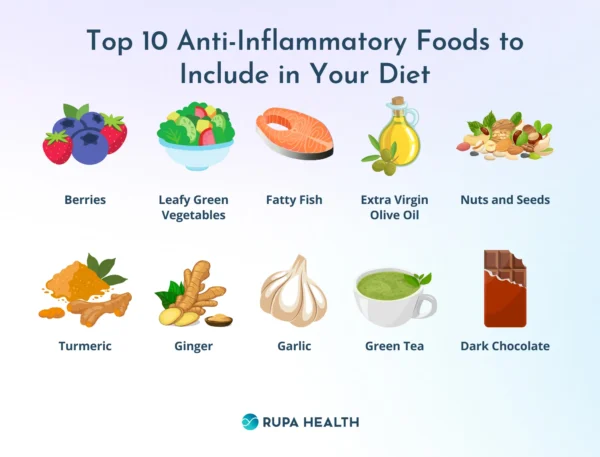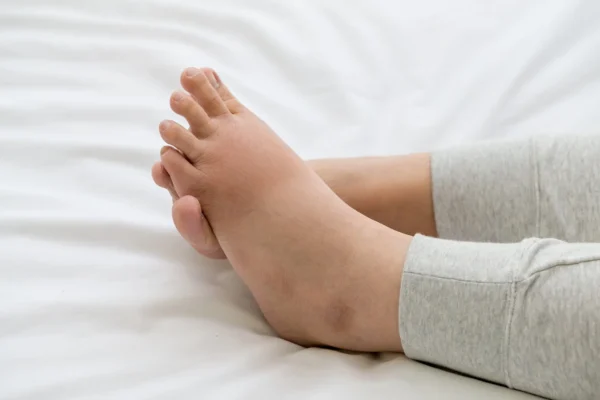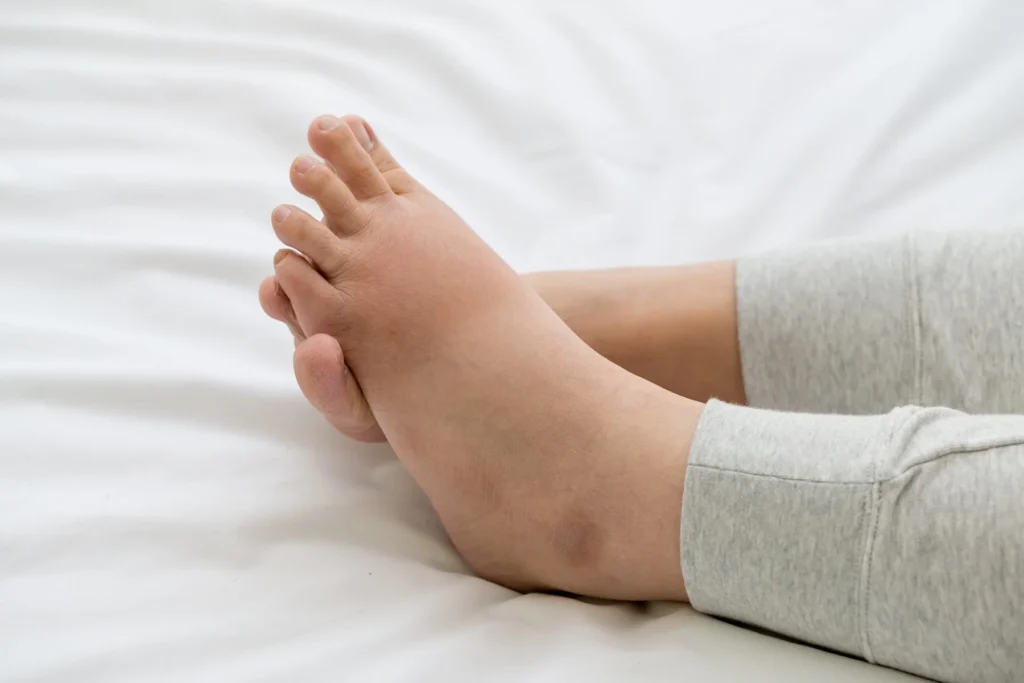Trendy Lifestyle Hacks
10 Effective Ways to Alleviate Swelling and Reduce Edema
Swelling, or edema, is a common issue caused by fluid buildup in the body’s tissues, leading to discomfort and complications. It can result from various factors, including injuries, prolonged sitting, or medical conditions.
Fortunately, there are effective strategies to reduce swelling and enhance your well-being. Here are ten practical methods to alleviate edema and restore comfort.
1. Elevate Affected Areas

Elevating swollen limbs above the level of your heart can facilitate fluid drainage and reduce swelling. Use pillows or cushions to prop up your legs or arms while resting to improve circulation and alleviate discomfort.
2. Stay Hydrated

Drinking plenty of water helps flush out excess sodium and toxins from your body, which can contribute to swelling. Aim to drink at least eight glasses of water daily to support your body’s natural detoxification processes.
3. Reduce Sodium Intake

Excessive salt consumption can lead to fluid retention and worsen swelling. Opt for a low-sodium diet by avoiding processed foods, salty snacks, and high-sodium condiments. Focus on fresh, whole foods to manage your sodium intake effectively.
4. Exercise Regularly
Physical activity promotes blood flow and lymphatic drainage, which can help reduce swelling. Engage in activities like walking, swimming, or gentle stretching to improve circulation and prevent fluid buildup.
5. Wear Compression Garments

Compression stockings or sleeves can help prevent fluid accumulation in your legs and arms by providing gentle pressure. These garments support venous return and can be particularly beneficial for individuals with chronic edema.
6. Incorporate Anti-Inflammatory Foods

Certain foods, such as leafy greens, berries, and fatty fish, have anti-inflammatory properties that can help reduce swelling. Incorporate these foods into your diet to combat inflammation and support overall health.
7. Apply Cold Compresses
Applying a cold compress to the swollen area can help constrict blood vessels and reduce inflammation. Use a cold pack or a cloth soaked in cold water for 15-20 minutes several times a day to relieve swelling and discomfort.
8. Massage the Swollen Area

Gentle massage can help stimulate lymphatic drainage and improve circulation. Use your fingers to apply light pressure and circular motions to the affected area, which can help reduce fluid retention and promote healing.
9. Monitor and Manage Underlying Conditions
Swelling can be a symptom of underlying medical conditions such as heart, kidney, or liver disease. If you experience persistent or severe edema, consult with a healthcare professional to address and manage any potential health issues.
10. Maintain a Healthy Weight
Excess weight can put additional strain on your circulatory system and contribute to swelling. Adopting a balanced diet and regular exercise routine can help you achieve and maintain a healthy weight, reducing the likelihood of edema.


